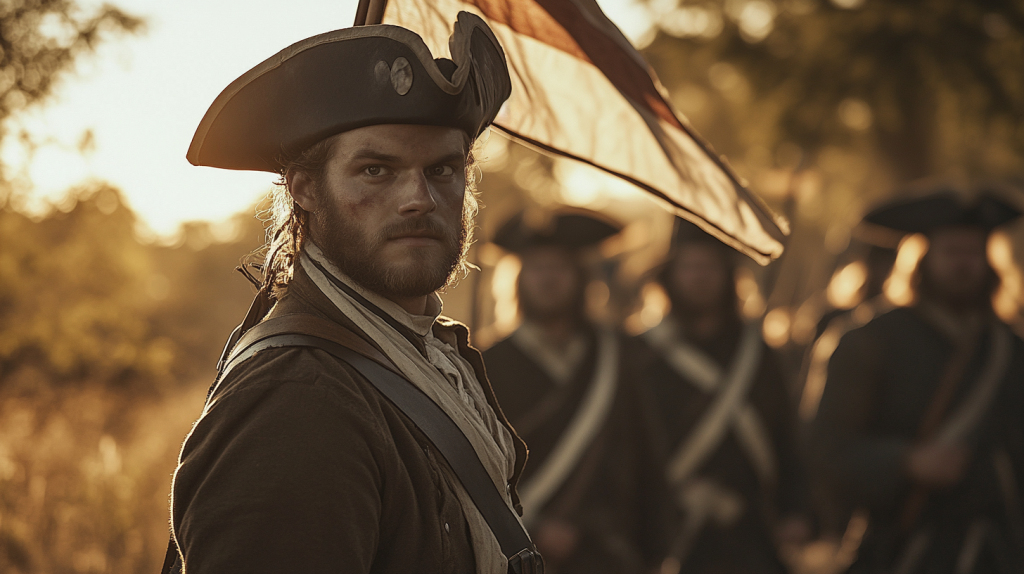The American Revolution is a cornerstone of U.S. history, but many myths and misconceptions persist.
Understanding the true complexities and nuances of the American Revolution helps us appreciate this formative period in history more deeply. By debunking these myths, we gain a clearer picture of the struggle for independence and the birth of a nation.
Let’s unravel the truth behind 19 popular myths about this pivotal period.
1. The Revolution Was Supported by All Colonists
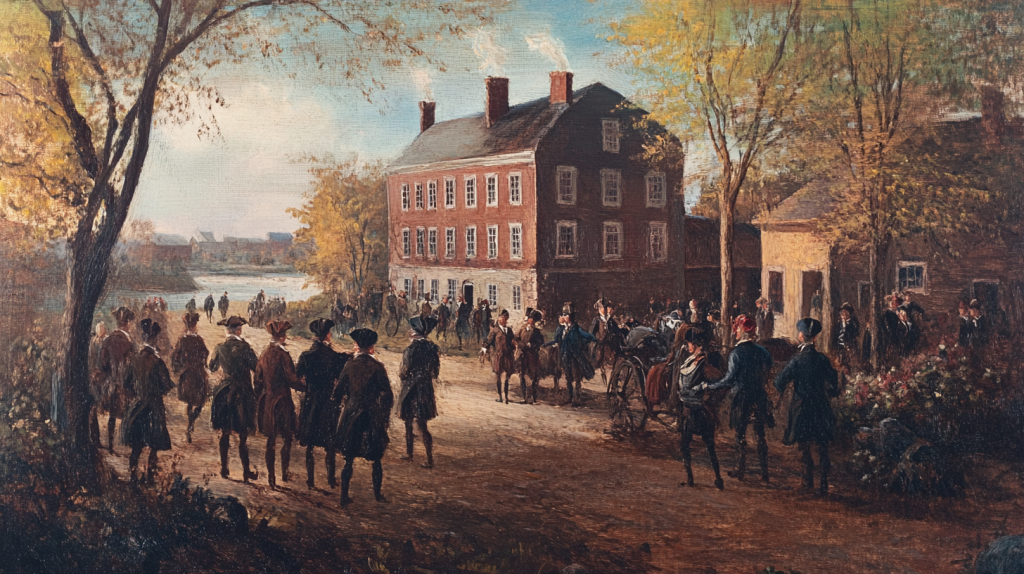
In reality, only about one-third of the colonists supported the Revolution. Another third remained loyal to Britain, while the rest were neutral or indifferent.
2. The Tea Act Raised Tea Prices
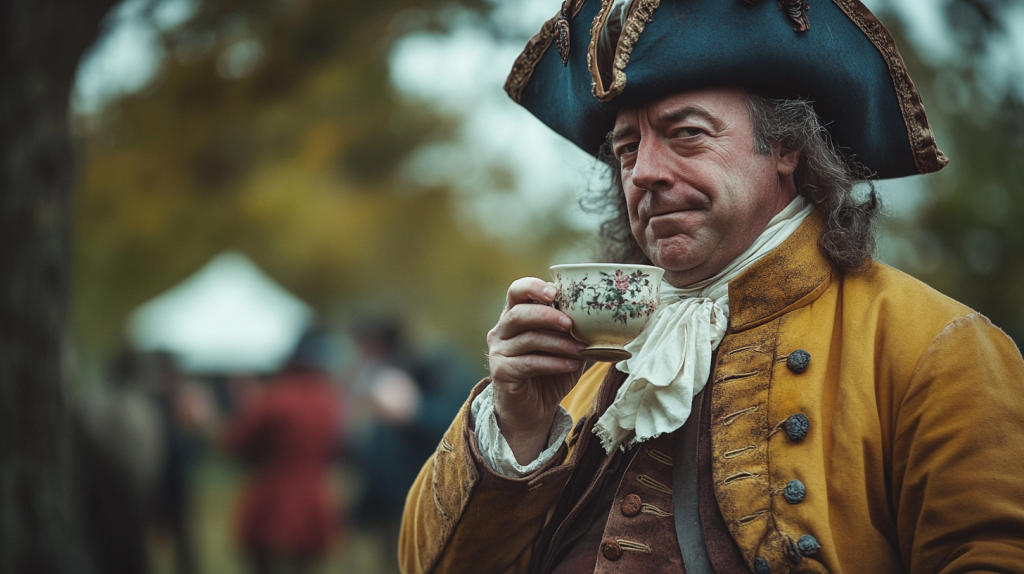
The Tea Act actually lowered the price of tea in the colonies. The protest was against the principle of taxation without representation, not the cost.
3. Paul Revere’s Ride Was a Solo Act
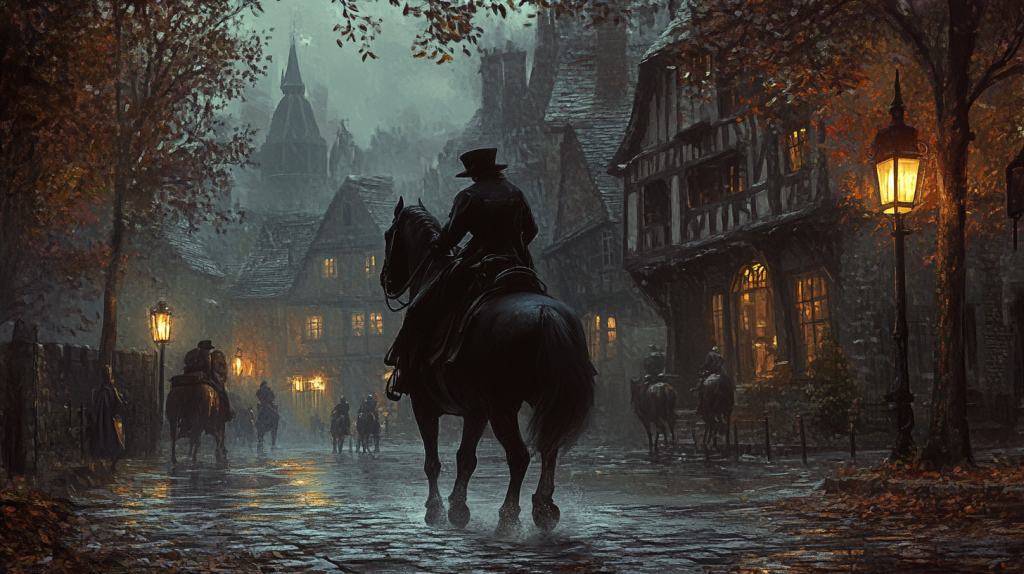
Paul Revere wasn’t alone in his midnight ride. William Dawes and Samuel Prescott also rode to warn of the British advance.
4. The Declaration of Independence Was Signed on July 4, 1776
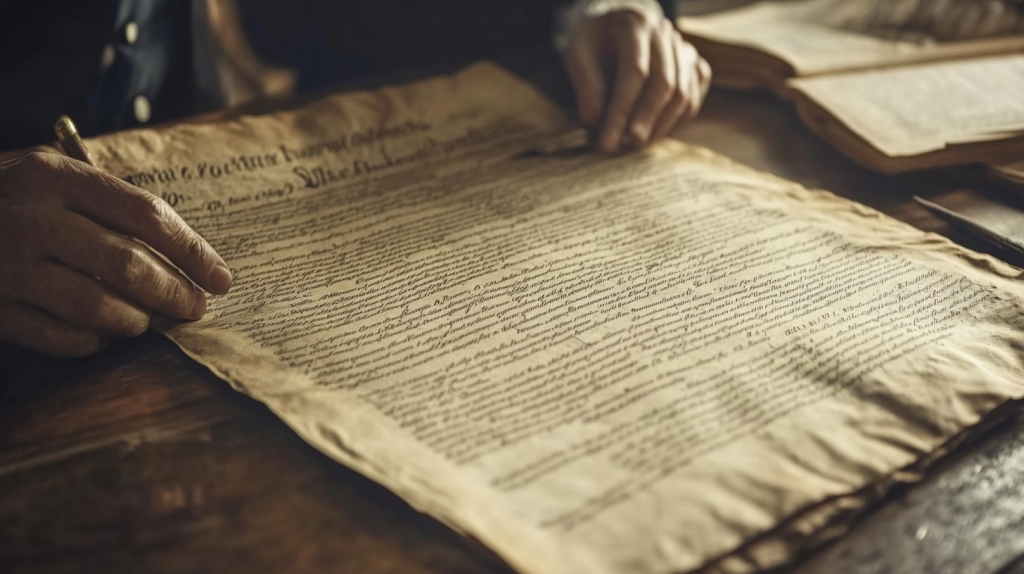
The Declaration was adopted on July 4, but most of the signings occurred on August 2, 1776. Only a few signed it on the fourth.
5. Betsy Ross Designed the First American Flag
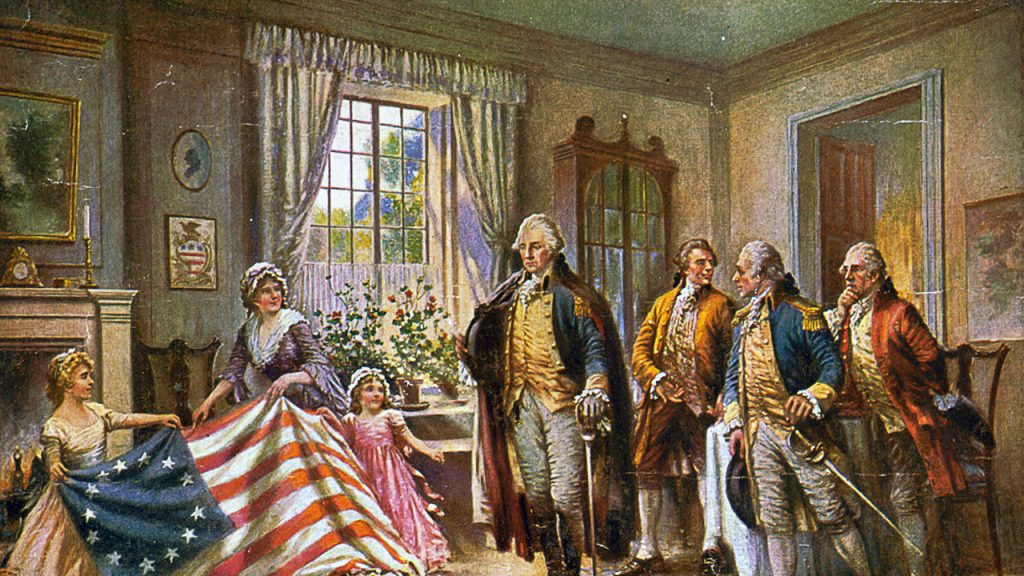
There is no definitive evidence that Betsy Ross designed the first flag. The story became popular only in the late 19th century.
6. The Revolutionary War Was Fought Solely by Americans
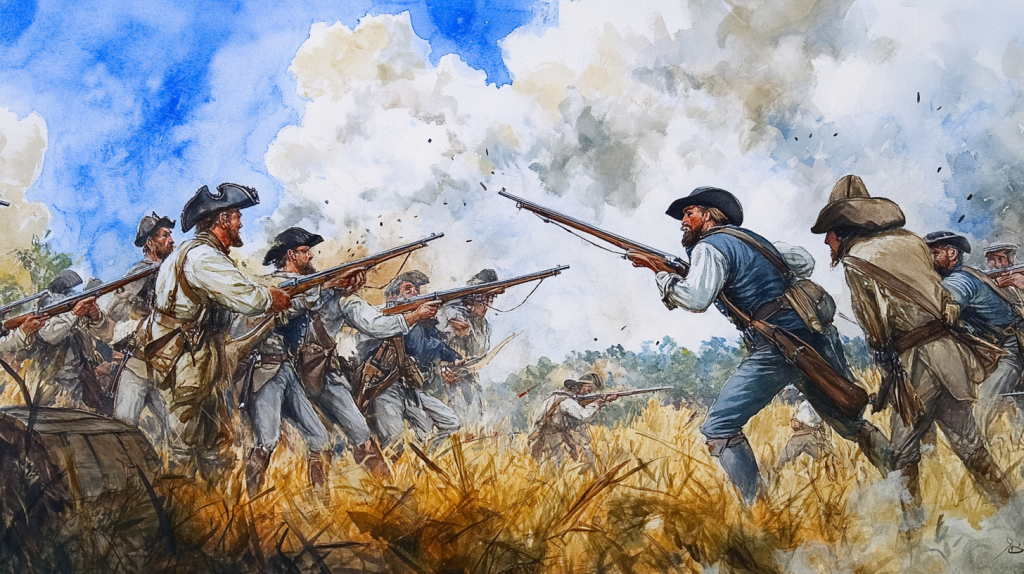
The American side included significant help from foreign allies like France, Spain, and the Netherlands, without whom victory might have been impossible.
7. All British Soldiers Were Professional Troops
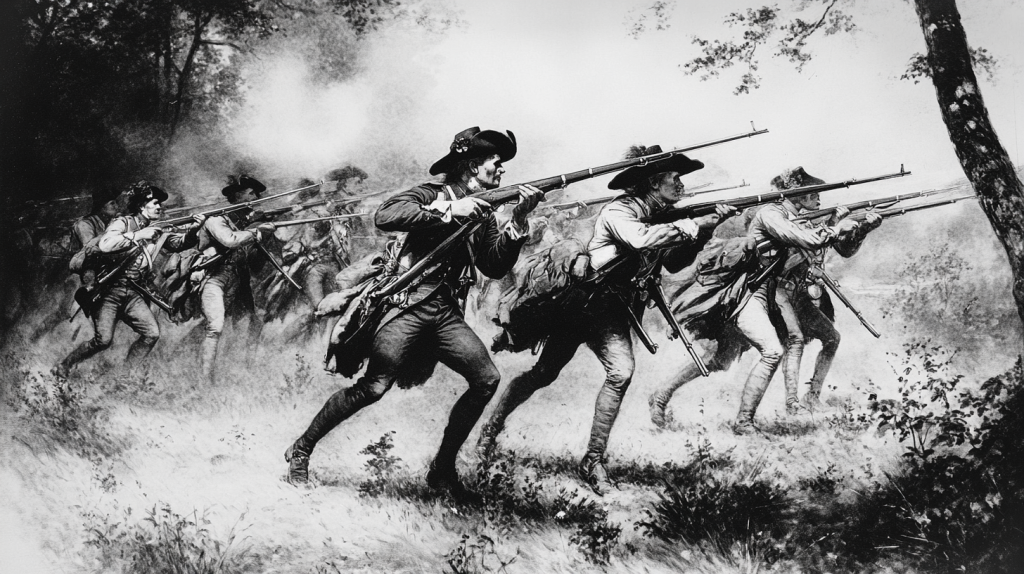
Many British soldiers were actually German mercenaries, known as Hessians, who were hired to fight in the war.
8. The War Was Over After Yorktown
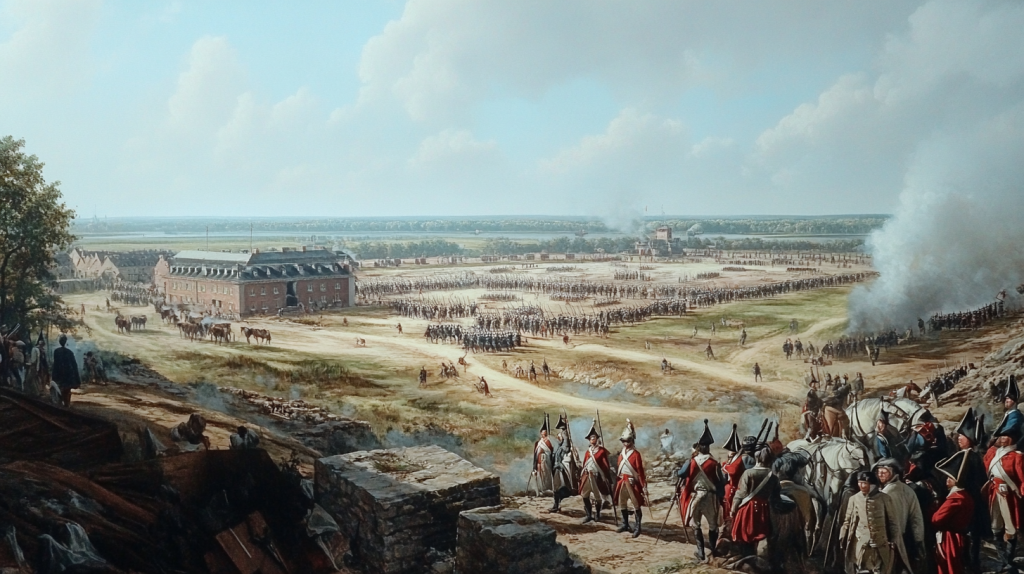
Although the Siege of Yorktown in 1781 was the last major battle, skirmishes continued, and the Treaty of Paris wasn’t signed until 1783.
9. George Washington Had Wooden Teeth
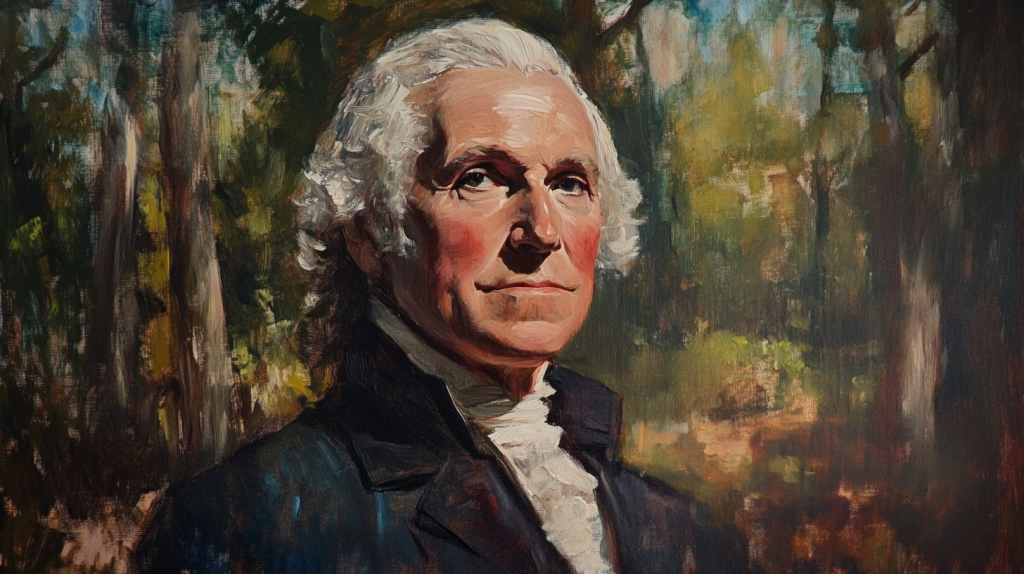
Washington’s dentures were made from various materials, including human teeth, animal teeth, and ivory, but not wood.
10. The Continental Army Was Well-Equipped
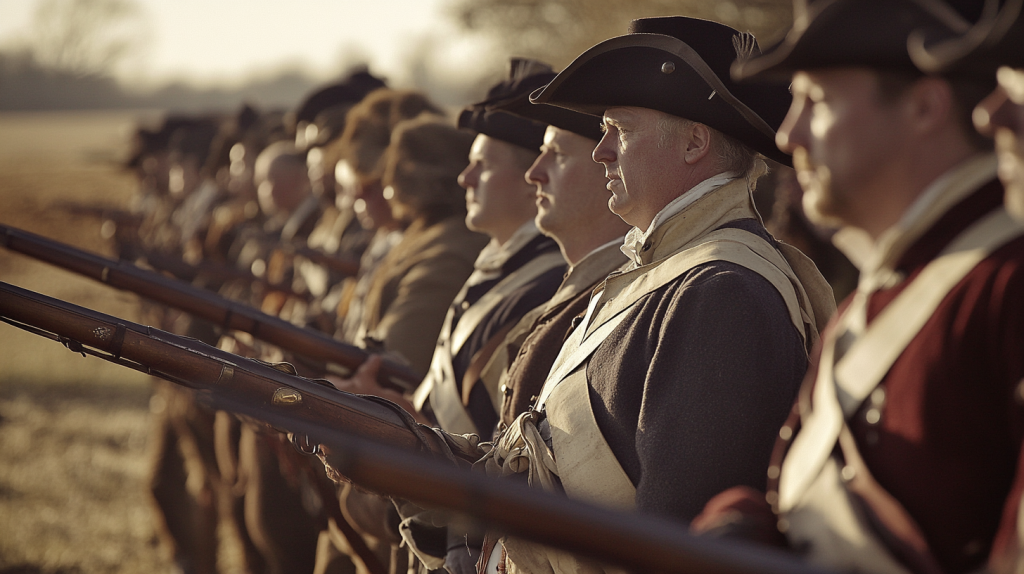
The Continental Army often suffered from severe shortages of food, clothing, and ammunition, leading to hardships and suffering.
11. The Boston Massacre Was a Mass Killing
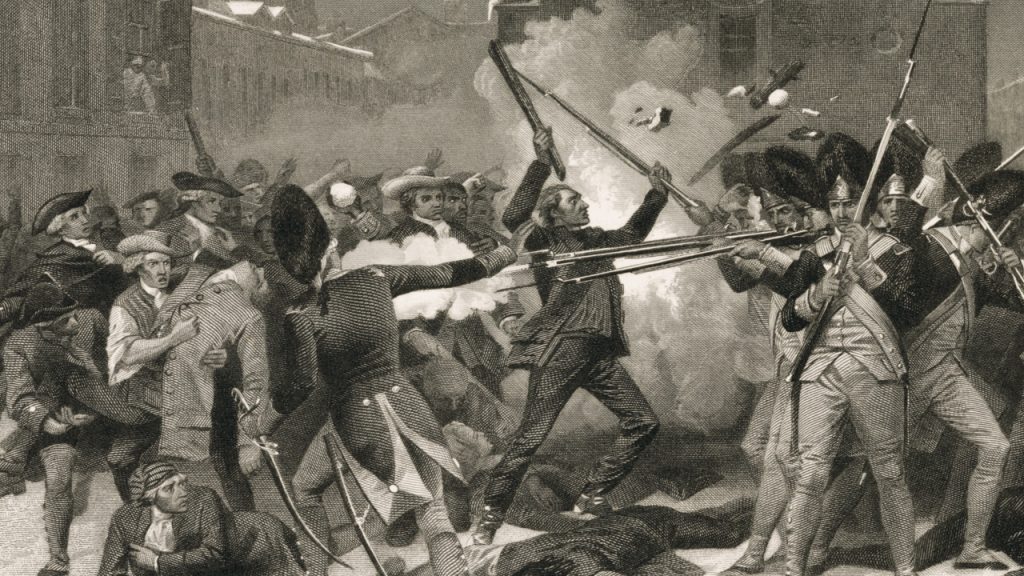
The Boston Massacre resulted in the deaths of five colonists, not a large-scale massacre. The term was used as propaganda to incite anti-British sentiments.
12. All Colonists Wanted Independence
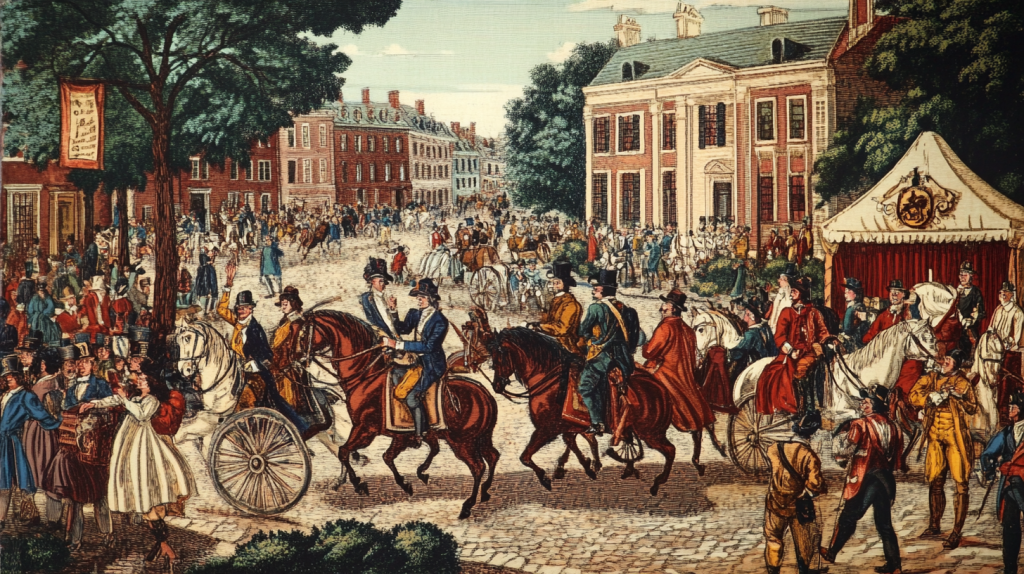
Many colonists sought reconciliation with Britain rather than independence. The decision for independence was a gradual and contested process.
13. The Revolution Was Primarily About Taxes
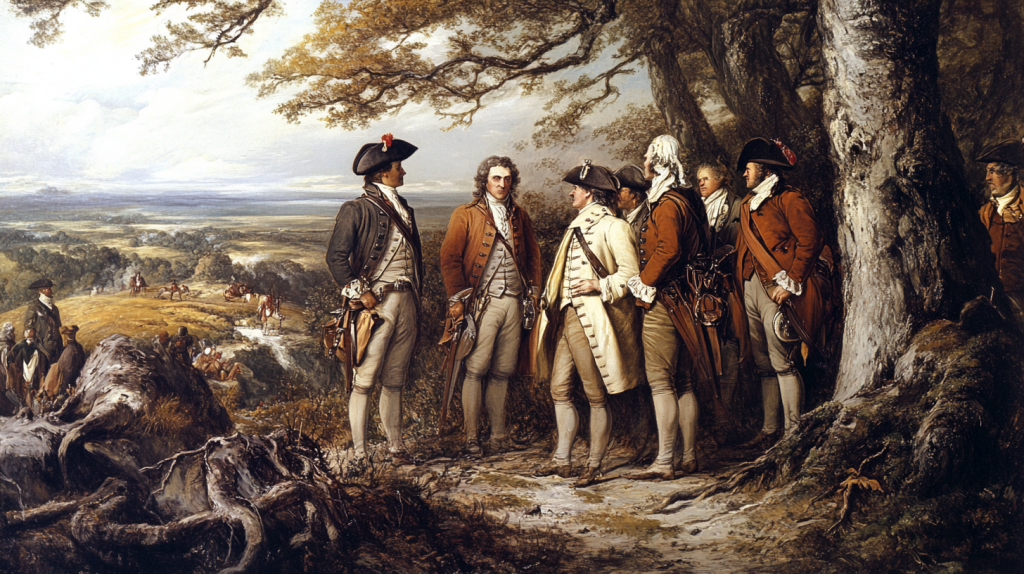
While taxes were a significant issue, the revolution was more broadly about self-governance and representation.
14. The Founding Fathers Were United in Their Vision

The Founding Fathers had significant disagreements on issues such as federal versus state power, the role of the executive, and slavery.
15. The Revolutionary War Was Won Quickly
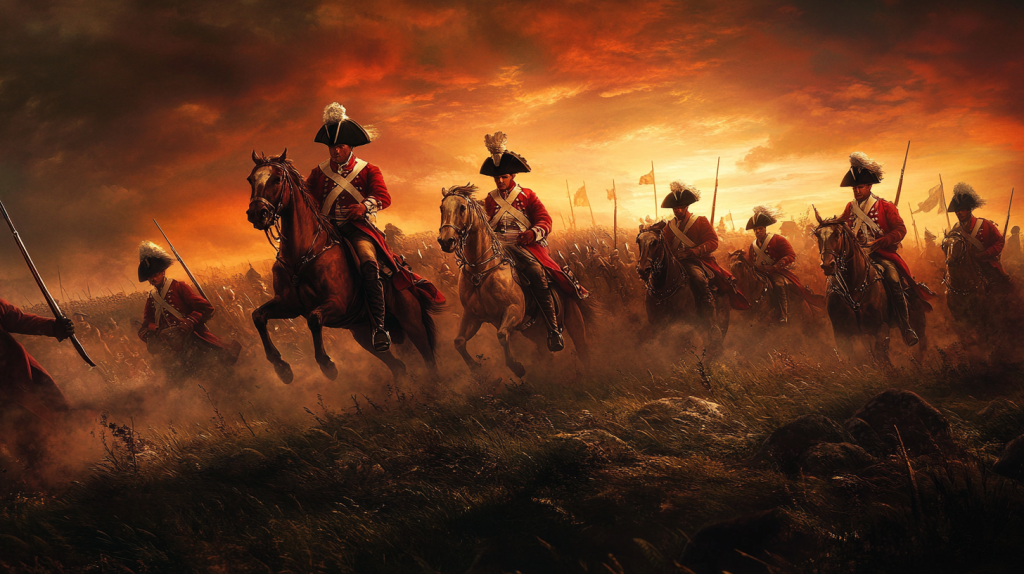
The war lasted eight years, from 1775 to 1783, making it a prolonged and grueling conflict for both sides.
16. Colonial Militias Were Ragtag Bands
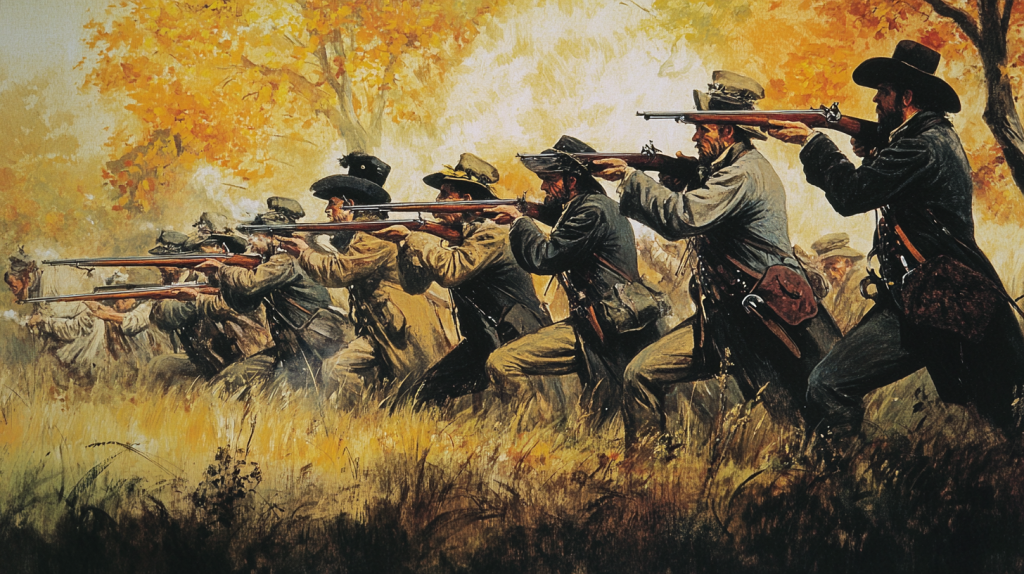
While militias varied in quality, many were well-organized and played crucial roles in the war effort, especially in local defense and skirmishes.
17. The French Entered the War Only for Idealism
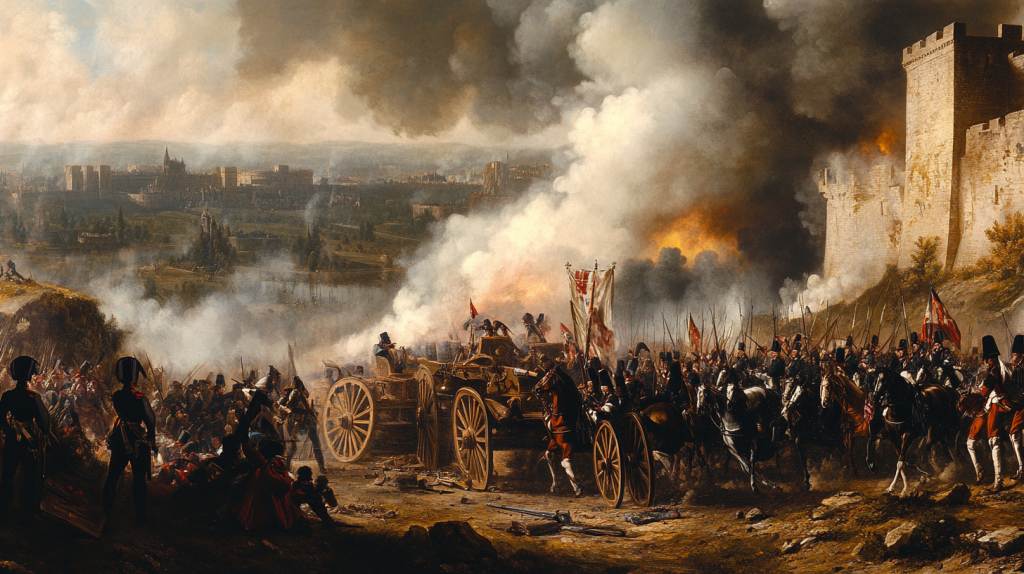
France’s involvement was motivated by revenge against Britain for losses in the Seven Years’ War and the desire to regain territory and influence.
18. The Constitution Was Written Right After the War
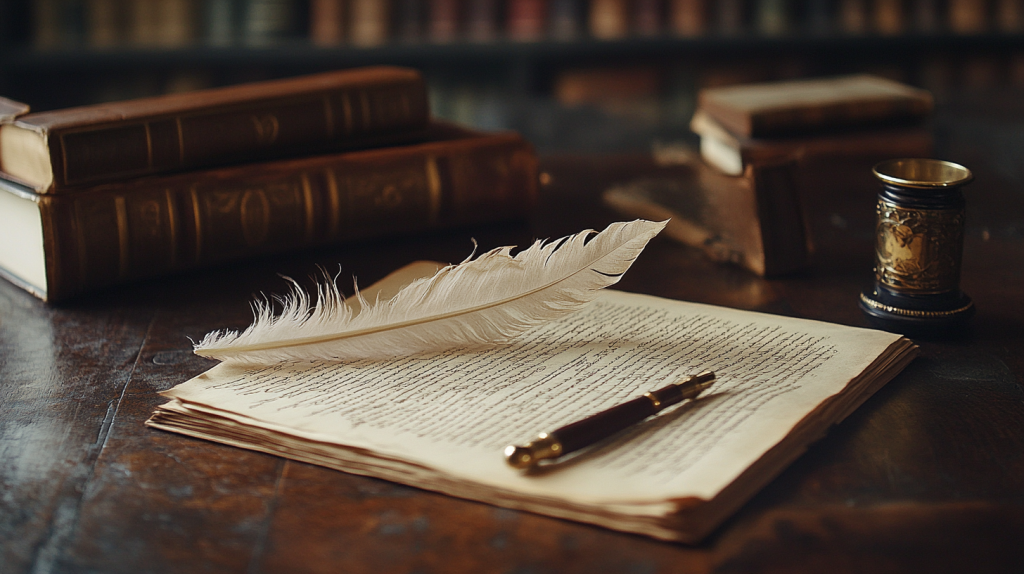
The Constitution was drafted in 1787, four years after the war ended, to address the weaknesses of the Articles of Confederation.
19. The American Revolution Was Entirely Unique
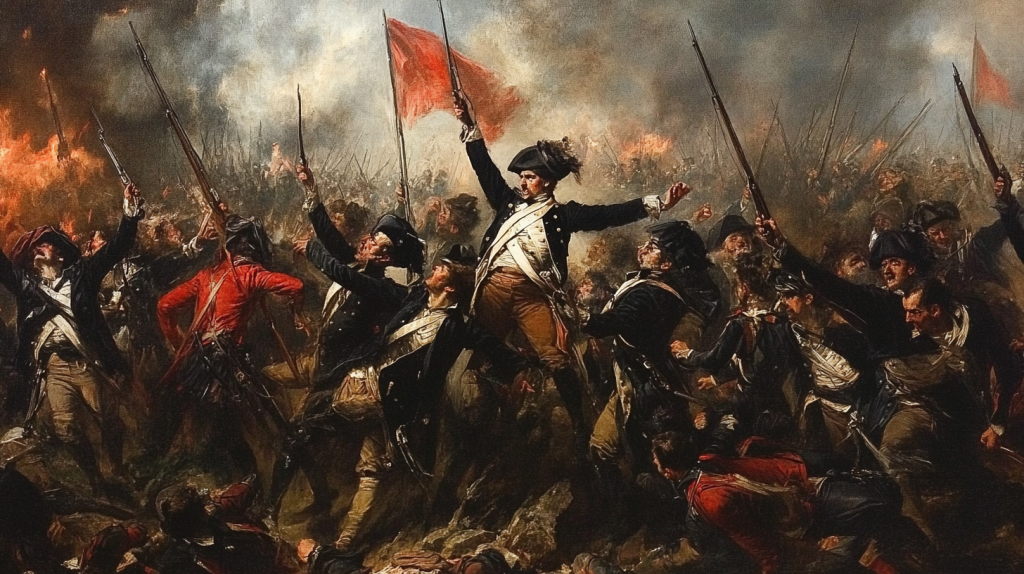
While unique in its context, the American Revolution was influenced by Enlightenment ideas and had similarities with other revolutions, such as those in France and Latin America.
Ellen has been obsessed with logic puzzles, jigsaws, and cryptograms since she was a kid. After learning she was taught how to play chess wrong by a family friend (so they could win), she joined her school chess club and the rest is history.
